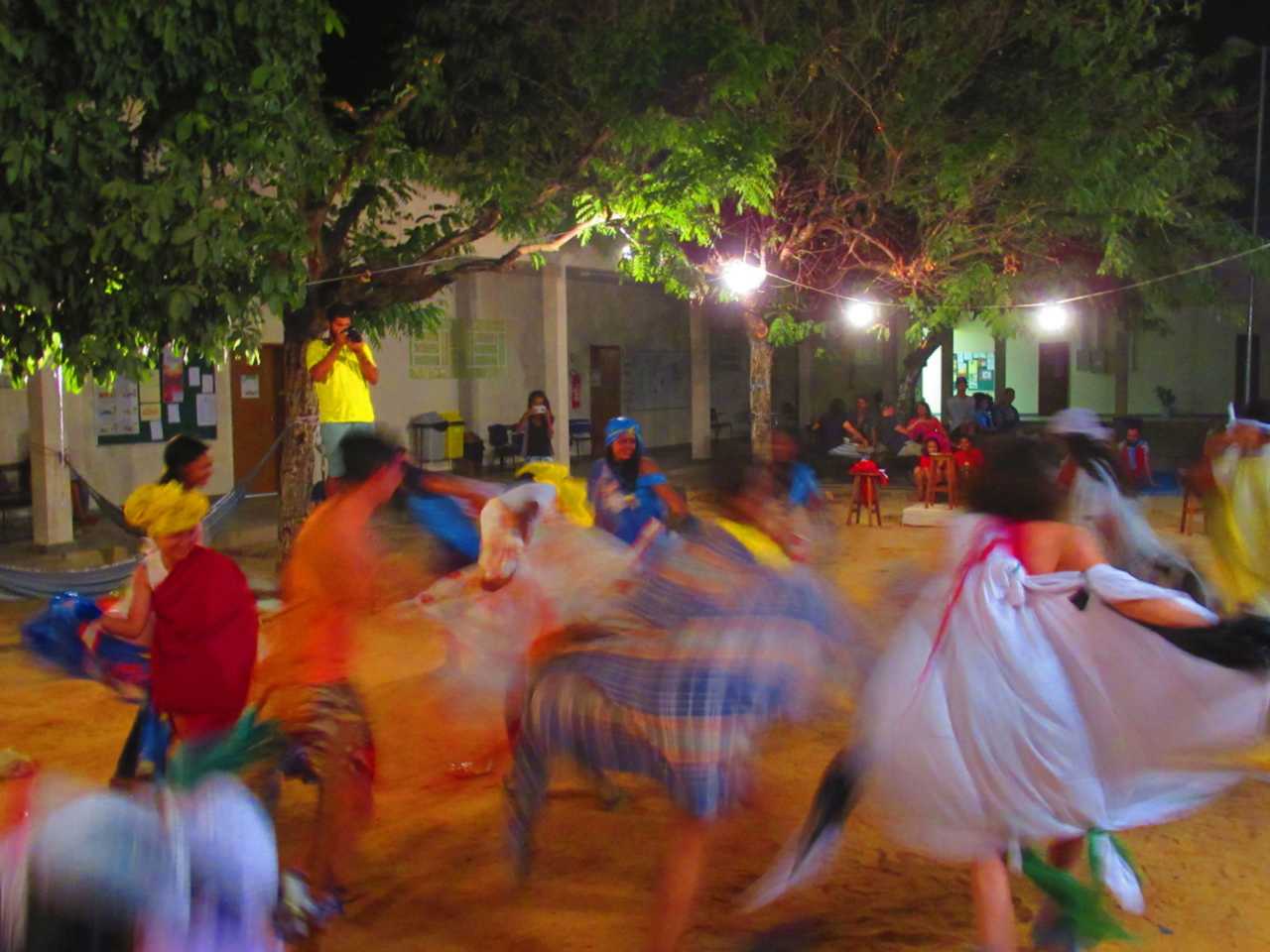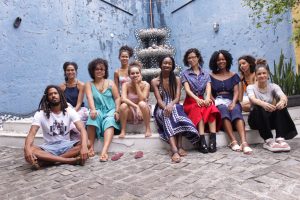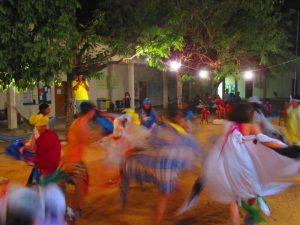This interview has been edited for clarity and length, and translated for our readers in Brazil. Leia este artigo em português.
Adriana Araujo: I would like to start our encounter from the middle, from this time of here and now, constituting ourselves continuously. At this very moment, I am sitting beside a tree which I call Generosa [‘Generous’]. It is a mango tree at the house where I live that gives juicy and sweet fruit, shelters birds, lizards, bats, and ants; among other living beings, some invisible. Besides containing a whole world in itself, Generosa gives shade and mitigates the heat on sunny days in the town where I have lived for a little less than five years, Santa Maria da Vitória. Here, we have intense sun almost every day (sometimes I think the evenings too). The sky dawned today partially cloudy, but most days the sky is very blue. When I miss Salvador, the city where I grew up and spent most of my life, too much, I just need to look up to the sky and invent myself closer to the sea. By the blue we almost believe that the sea is right ahead, even though we are 930 kilometers away, accessible only by land, by roads that are not well-kept by the State, adding 600 kilometers more to the route. Here, for a good part of the year there are few clouds in the sky, until every once in a while a cloud appears like a ball of cotton, not just the texture but also the size of a cotton ball. At other times, clouds and the sun together make up a spectacle at the end of the afternoon. A spectacle, Josh: the clouds aflame, at every sunset around here. I am in the far west of Bahia, a transitional region between two biomes, the caatinga and the cerrado. There aren’t only cotton clouds around here, there are also entire farmlands that grow monocultures of cotton and soy, farms that are subsidized with public resources under the fallacious presumption of social and economic gains, massively divulged in public TV networks, while what we see up close is an increase in poverty and inequality.
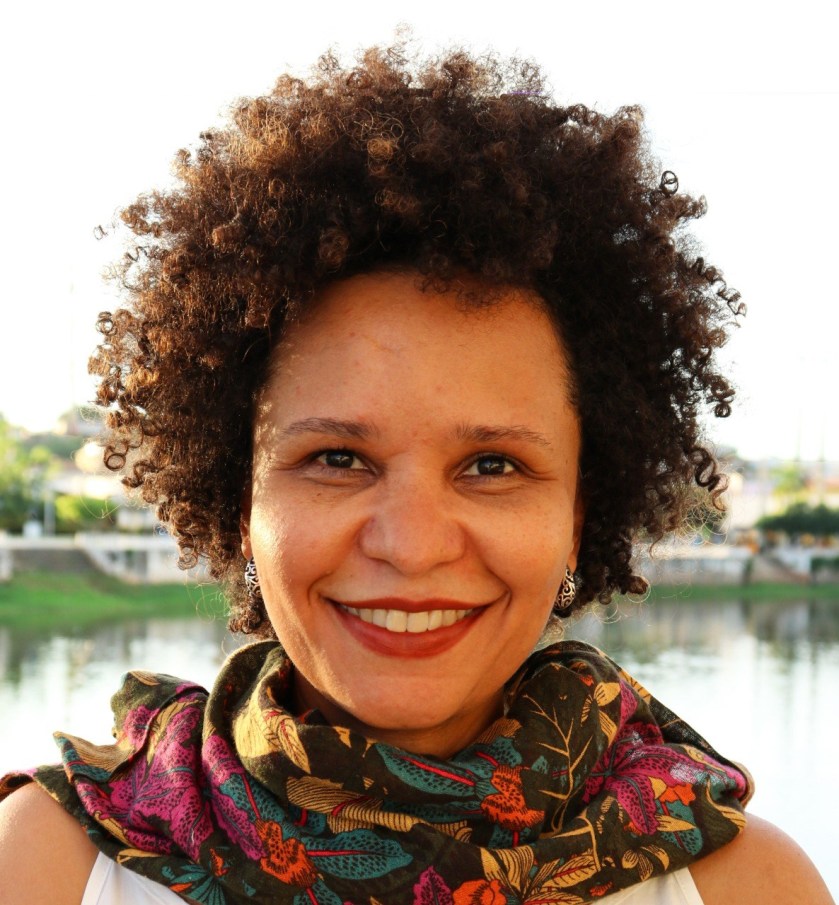
It is still possible to buy products from family farmers on Fridays at the street fair in São Félix do Coribe, across the Corrente river. At this point where I am, this affluent of the great São Francisco river is still a beautiful river cutting across two towns. The street fair is a joyful time for meeting people who plant foods and finding some foods produced without pesticides. We are also in a region going through aggressive deforestation. Recent research has shown that the water we drink is one of the most contaminated by pesticides in Bahia. The courses of rivers have been altered to water the crops of big farmers and landowners who still use the most archaic methods of land appropriation in Brazil, pushing ahead with the extermination of local fauna, vegetation, and traditional populations. So, I ended up here because I believe in the transformative power of art and education, and, above all, in the potential of our actions. We are cultivating a university here; I work in a programme that brings up future art teachers. Some graduates of the program have already started working as teachers in public schools in the region, and that has given us immense energy. I am still discovering this place through the desire to build ways of living. Creating ways of living is what interests me in art.
Josh, could you tell me a little bit about your here and now?
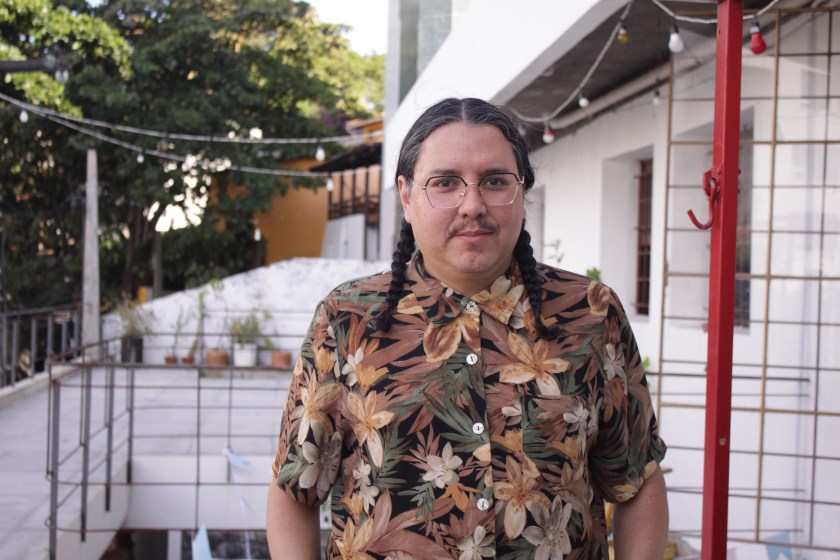
Josh Rios: My here and now is a bit dystopic, to be honest — though when was the United States ever anything but dystopic for those of us who were made killable in the service of settler colonialism or the transatlantic slave trade? This is a time and place punctuated by the current presidential impeachment hearings, which function as both a surreal media event and political crisis with material effects, especially for the most disaffected and dispossessed among us. My here and now is characterized by mass shootings, unchecked police violence, the emboldened rise of white nationalism, radicalized urban planning, detention sites where the children of forced migrants are separated from their parents at the U.S.-Mexico border–a practice leading to neglect, abuse, and death.
Xenophobia is everywhere; the news is fake. Public schools are defunded; people incapacitated by debt; privatization is imagined as the solution to every social problem. Politicians envision themselves, not as public servants, but as real-estate moguls whose idea of social policy is either gentrification or the production of wealth through rent extraction, everything at the expense of Black and Brown communities, and the poor.
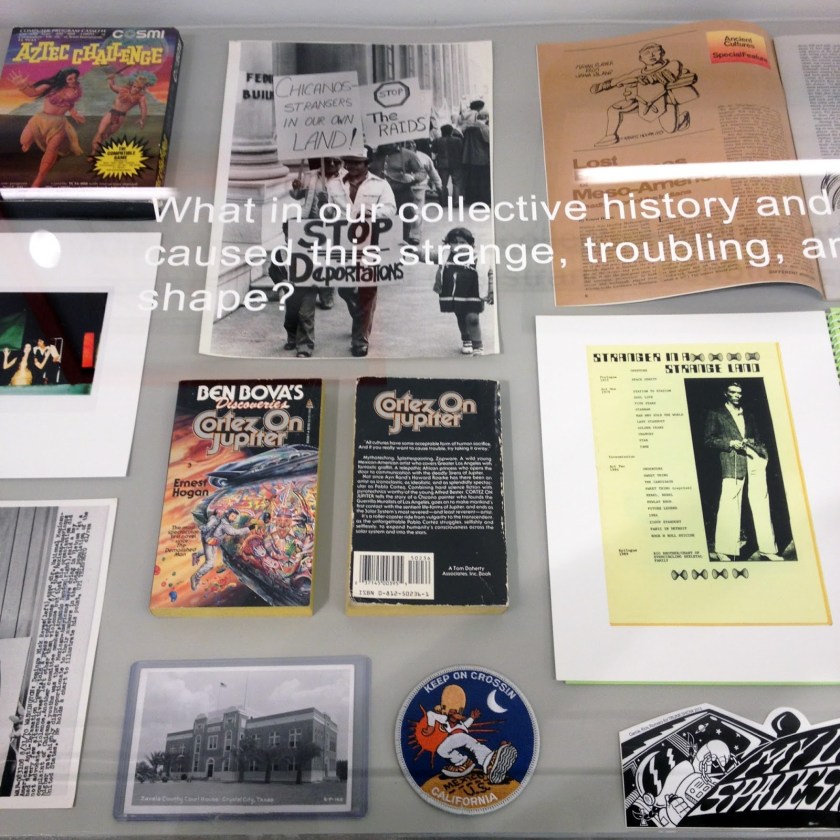
At the same time, my “here” and “now” is also a “there” and “then,” meaning I am of my time and place but also constituted by history and global chains of interaction. There is no isolated “here” and no ahistorical “now.” I see site and time in terms of heterotemporal palimpsests. There are many “heres” and “nows” inscribed in every place or moment. My here and now is also pedagogical as a faculty member with minimal status at the School of the Art Institute of Chicago (one of the most expensive art schools in the country). I am in a constant state of confliction, as I negotiate the ethics of my relations to students, other faculty, various art institutions, and larger concepts, like the commodification of creativity and the neoliberalization of diversity or inclusion.
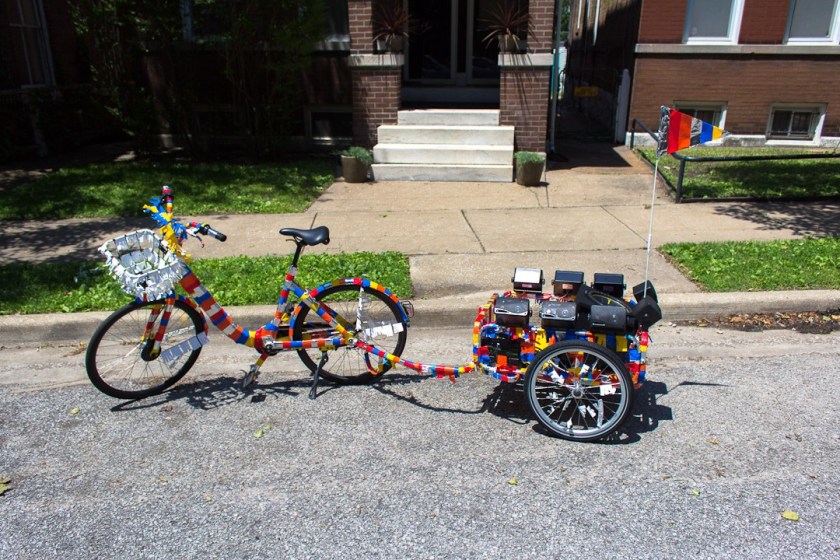
And through all this, I strive to transform, to disrupt normalized modes of thinking, to use creativity to pose new questions and challenge commonplace interpretations of culture and power. Critique and creatively hail each other across the semiotic terrain of difference and similarity, which I attune myself to and hope to transmit to students. But students have their own problems; and their futures are more uncertain than ever. As a Mexican-heritage U.S. citizen, I am very concerned with the U.S.-Mexico border as a contact zone, bio-political technology, and discursive space, despite my physical removal from it while living in the Midwest in Chicago. The border and borderlands feel close and far at the same time.
Regarding intercultural exchange and transnational dialogue, I am excited to hear more about the role art and creativity play in the creation of new kinds of politics and social spaces. I would be very curious to hear more about the university you are cultivating, what that cultivation looks like, and how you see it transforming social relations or engagements.
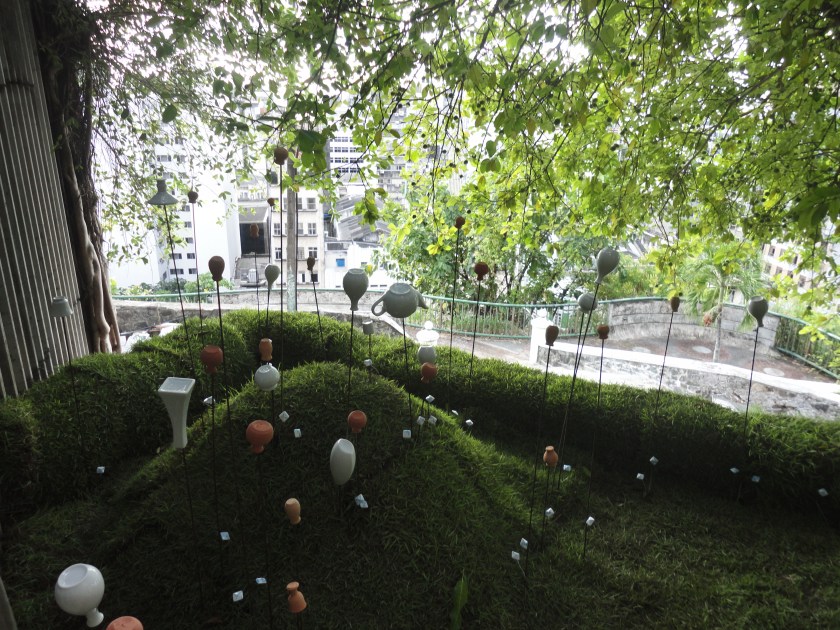
Adriana: To the first question:Josh, the story you are telling is a very close description of what we live here, in the South; it reveals the many similarities between our dystopian experiences. Dystopia is a way to whet the perceptive blade. But I believe that beyond announcing the end of the world, we must create an insurgent need to “postpone the end of the world,” as the indigenous leader Ailton Krenak proposes. He says that in order to postpone the end of the world we must use our critical and creative capacity to build parachutes. That is where I see the role of art, in the construction of parachutes, made not to soften the fall, but to help us not to succumb in this continual fall into an abysm. Not succumbing to mandates that we smile, eat, dance, love, revolt, manifest, that we not allow the application of general anaesthesia in our bodies. That is what Helio Oiticica learned from the Morro da Mangueira community and what led him to make the “parangoles,” garments that require active participation, created from the living joy of the bodies in the favela, for the most part Black bodies. For me, it is in this sense that art and creativity perform a role in the creation of new forms of politics and social spaces, precisely when it requires, or rather, when it provokes active participation and the invention of ways of being in the world.
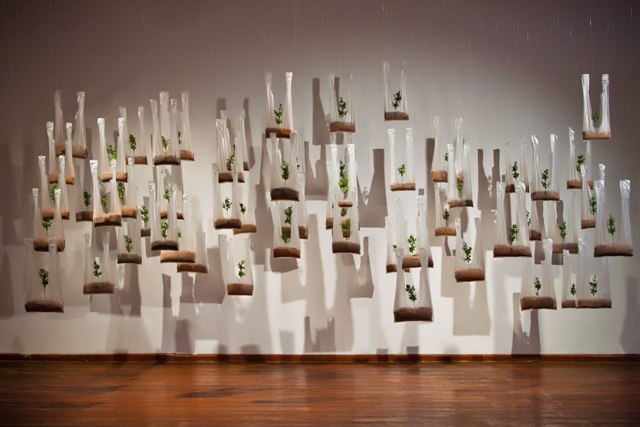
To your second question: the Universidade Federal do Oeste da Bahia [‘Federal University of the West of Bahia’] was created in 2013, during the government of president Dilma Rousseff, as part of an expansion to bring public universities to rural, inland areas of Brazil. The visual arts program was established in 2014 at the Multidisciplinary Center in Santa Maria da Vitória. Out of five university units in different towns in the region, the Santa Maria campus was the result of popular movements’ demands for public higher education in the Rio Corrente basin territory.
Being in a public, free-of-charge, inland university is a distinct position in the context of our pedagogical realities, since universities and federal institutes [secondary professional schools] in Brazil are going through many attacks promoted by the current government, and are under serious threat of privatization, following a model that is proven to lead to failure, as you described. Dealing with the imminent disappearance of public education institutions and with a lack of good political prospects at the same time that we must carry on with our work announces an important aspect of this cultivation: resistance.
Another important part of cultivating this institution, I believe, is a deconstruction of the Eurocentric order of knowledge production. Honestly, I still don’t know to what extent we have been able to produce the necessary breaches for that, since our task requires the exercise of unlearning established certainties and opposing colonial positions that are entrenched in our culture. In order to cultivate it is necessary to subvert in many junctures the idea of the university itself. Collaborative actions with students, with other professors and with the community teach us about the complexities and singularities of this region, and a lot about the urgent needs of the world. This living contact, which is the essential element of this cultivation, makes us invest more intensely in art and education as activators of our creative capacity and of our modes of thinking and acting. Art can work as an agent of change in problematic traditional forms of education that still serve the maintenance and imposition of the demands of an oppressive system. It is in this sense that the process of cultivation has a lot of potential. We need to find out more about the reinvention of education through art, so that education can be different—and so can art.
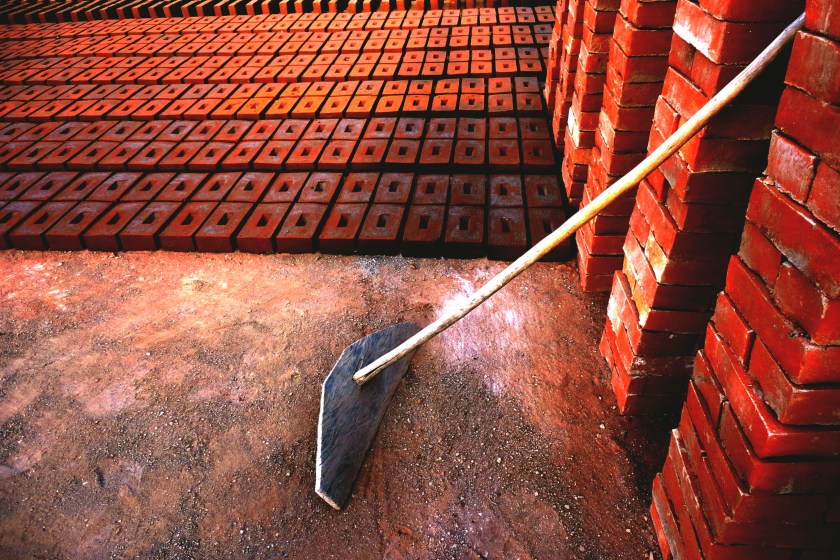
At this moment, I see this cultivation as a movement to create possibilities. I can assert that there are some indications of a different university culture from that which I lived as a student in the capital city of Bahia [Salvador]. There are still too few Black professors in our faculty, but a large part of our students are children or grandchildren of agricultural workers, and within a history of systemic social inequality, this points to some sense of freedom. When someone begins a term project about their backyard, which is full of medicinal plants, or about local cultural forms—which are on their way to disappearance—together with their elderly idealizers -, it is possible to strengthen a community’s view of itself and to intensify the force of this place as a space of resistance. And with that, the old structures of domination are challenged, shaken up. In our field trips and extension projects, we get together to see, say, make, and access situations that are very close to us, but that we never consider thinking in different ways. In those moments we notice a space that lights up, as when we rub stones to produce energy.
Josh, I saw some of your works, and they made me think about Brazil’s relationship with the past, especially racial questions, and also with the future, which, for many of us, seems to never come precisely due to an ill-resolved relationship with our past. I would like to know more about your creative process and about the interplay you produce between a fictional reality and a historical and social reality. Finally, I would like to know more about the crossovers between your pedagogical and your artistic practices.
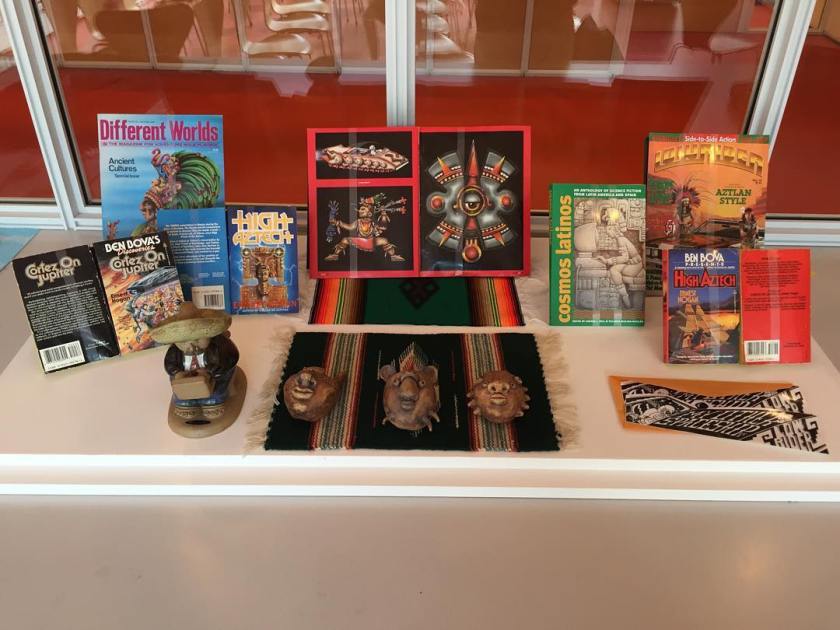
Josh: In many ways I see myself as a cultural historian, but one who is equally as interested in dreaming and visioning as in reading and researching. I’m one who values writing alongside imagining and who sees the limitations of history and the gaps in the archive as an invitation to dream social transformation through creativity. I also consider history to be part of the commons, a collectively owned aspect of our social reality that is collaboratively produced within a field of power. This research-as-dreaming or history-as-vision allows one to bring forth new ways of being in the present and imagining the future, as well as new ways of seeing the events of the past as always present. There is a deeply woven heterotemporal quality to our realities and experiences (an infinitely complex mixture) that capitalist time has stridently sought to pull apart. Of course, the past is not recuperable, making it radically gone in a way, which is the primary condition of history as a written narration. This general condition of history is why I think dreaming is so useful to fill in the aporia and imagine new ways of being that challenge dominant norms and narratives.
Cultural historian Peter Burke noted that history is often written by the victors, but also that it is the victors who have the privilege of forgetting the past, while history’s losers continuously contemplate all the lost potential and all the futures erased by settler colonialism and capitalism. Those who have been made the losers of political struggle see the history of these violent pasts everywhere; they are ever-present, but only in the margins, never in the dominant narrative. In the U.S. there is a willful and insidious form of political, cultural, and historical amnesia that is deployed at key moments in order to erase and downplay the violences that have shaped this country. At the same time that the U.S is a modern nation-state, it is perpetually haunted by its violent past, as critical race theorist Eve Tuck and C. Ree have suggested. I think of my work as part of this haunting, this perpetual return of the past to the present—an ongoing interpretation and re-telling of the past through developing political and philosophical frameworks.
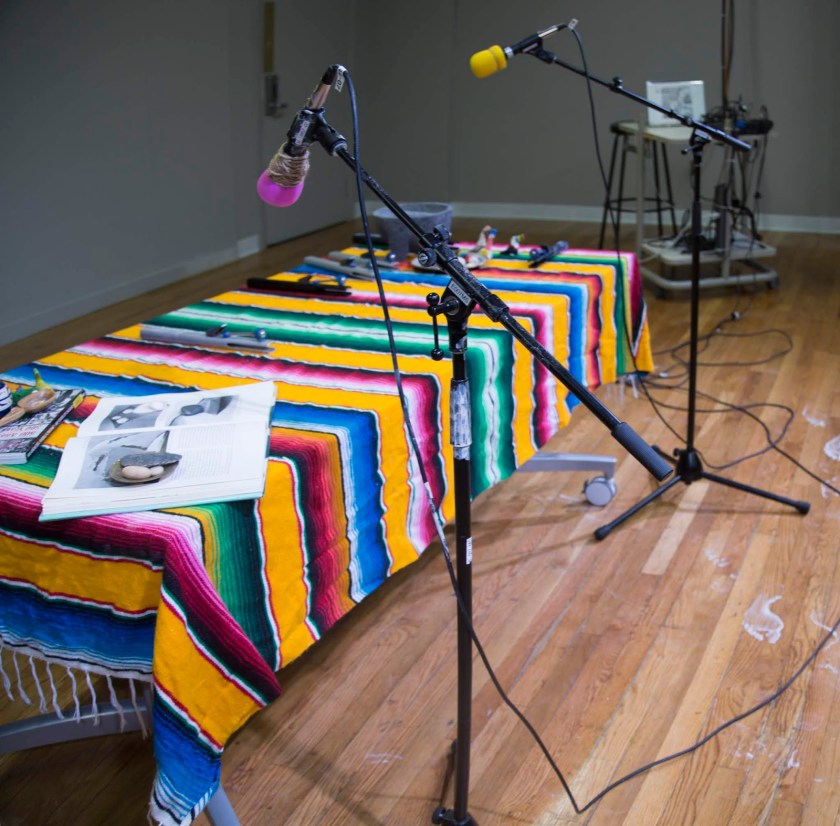
Pedagogy and creative practices are intertwined. For me, pedagogy is not about transferring expertise—and I do not consider teaching to be an inscription of finalized information onto passive students, what Paulo Freire has criticized as the “banking model” of education. It is more about creating opportunities to construct fields of understanding through sharing and collaboration. While I seek to expand students’ understanding of the various contexts and concerns that occupy contemporary artists, my principal goal is to create an environment where students generate their own motivations and informed critical relationships to ongoing discourses, theories, and histories. This is a challenging way to operate given the way that neoliberal economics has impacted higher education, transforming it from a pathway to critical thought into a product that should have measurable and quantifiable outcomes. But how does one measure consciousness raising, politicization, and the effects of seeking to transform the social sphere through both activists and cultural practices?
As far as the Close to There exchange program is concerned, I would be interested to hear how you became involved and what the outcomes of the cultural exchange have been like for you as an artist or activist.
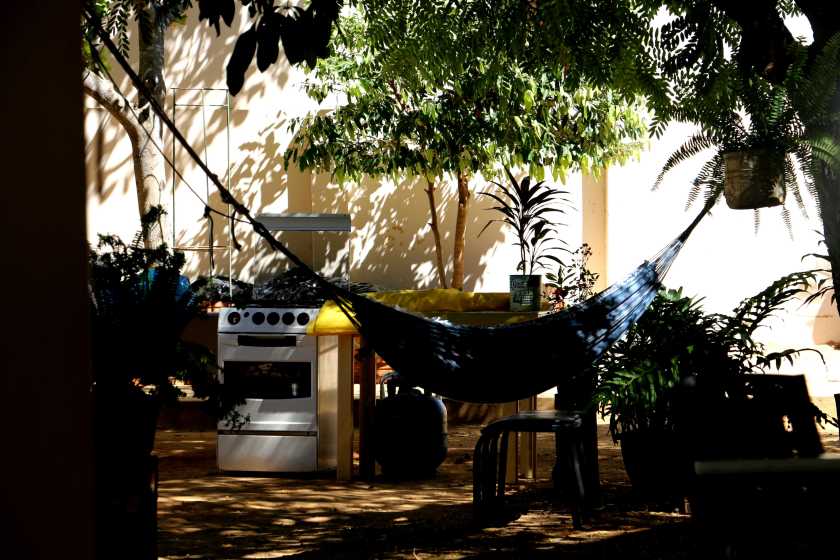
Adriana: Yes. The imposed logic of consumption and product as the basis of our relationships causes an impoverishment of our life experience, doesn’t it?
About “Perto de Lá,” I was invited to join the program by artist and curator Lanussi Pasquali. I was excited about travelling with other artists from Salvador and having an immersive experience in Chicago—getting to know people and the way they build up their work, living this experience of displacement or travel that I always regard as very challenging. The encounters in “Perto de Lá” stirred me deeply. I think the results have been much like this conversation, inciting reflections, and I think that that is a good start.
How about you, what are your plans and expectations for “Perto de Lá” in Salvador?
Josh: My plans are to really learn as much as I can from the way that artists thrive there, and to pay special attention to alternative modes of cultural production, alternatives to state-sanctioned institutions, museums in particular. Other models of making space for art, music, critical thinking are my most intense interests, and I feel very fortunate to have the opportunity to witness other ways of being. We will be visiting archives, participating in improvisational performances, and enjoying the fellowship of the artists who participated in the exchange and visited Chicago. I expect to be impressed and continuously humbled by the creativity and critical thinking I will be exposed to by the arts community in Salvador.
Featured Image: Adriana Araújo (center) dances among participants of “Experimento Oiticica” [“Oiticica experiment”], an activity inspired by Helio Oiticica’s “Parangoles,” part of the workshop “Terreiro Gambiarra,” led by Araújo with her class at UFOB, Santa Maria da Vitória, Bahia, August 2017 Photo by Monica Navarro.

Marina Resende Santos is a guest editor for a series of conversations between participants of “Close to There <> Perto de Lá”, an artist exchange program between Salvador, Brazil and Chicago organized by Comfort Station (Chicago), Projeto Ativa (Salvador) and Harmonipan (Mexico City) between 2019 and 2020. Marina has a degree in comparative literature from the University of Chicago and works with art and cultural programming in different organizations in the city. Her interviews with artists and organizers have been published on THE SEEN, South Side Weekly, Newcity Brazil, and Lumpen magazine.
